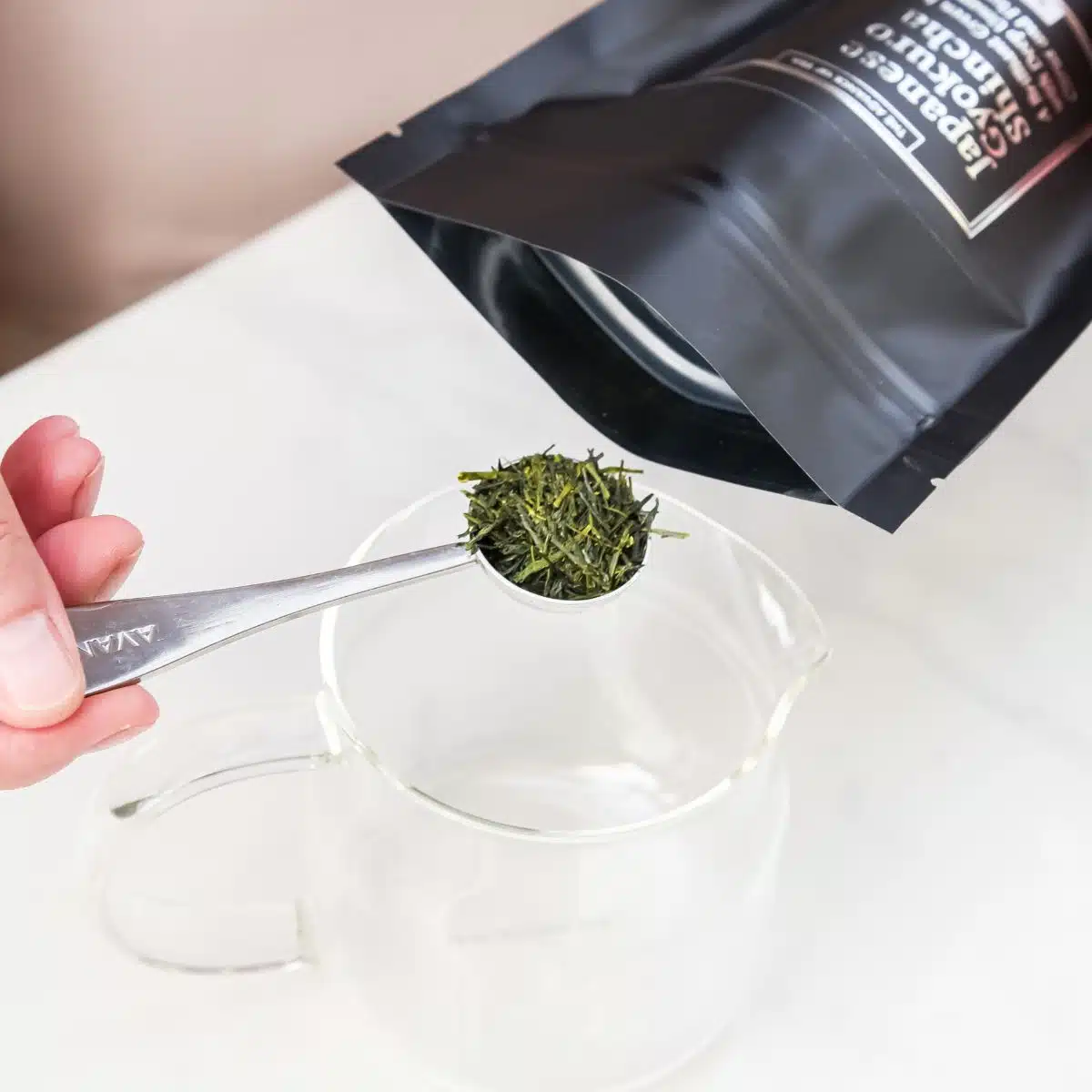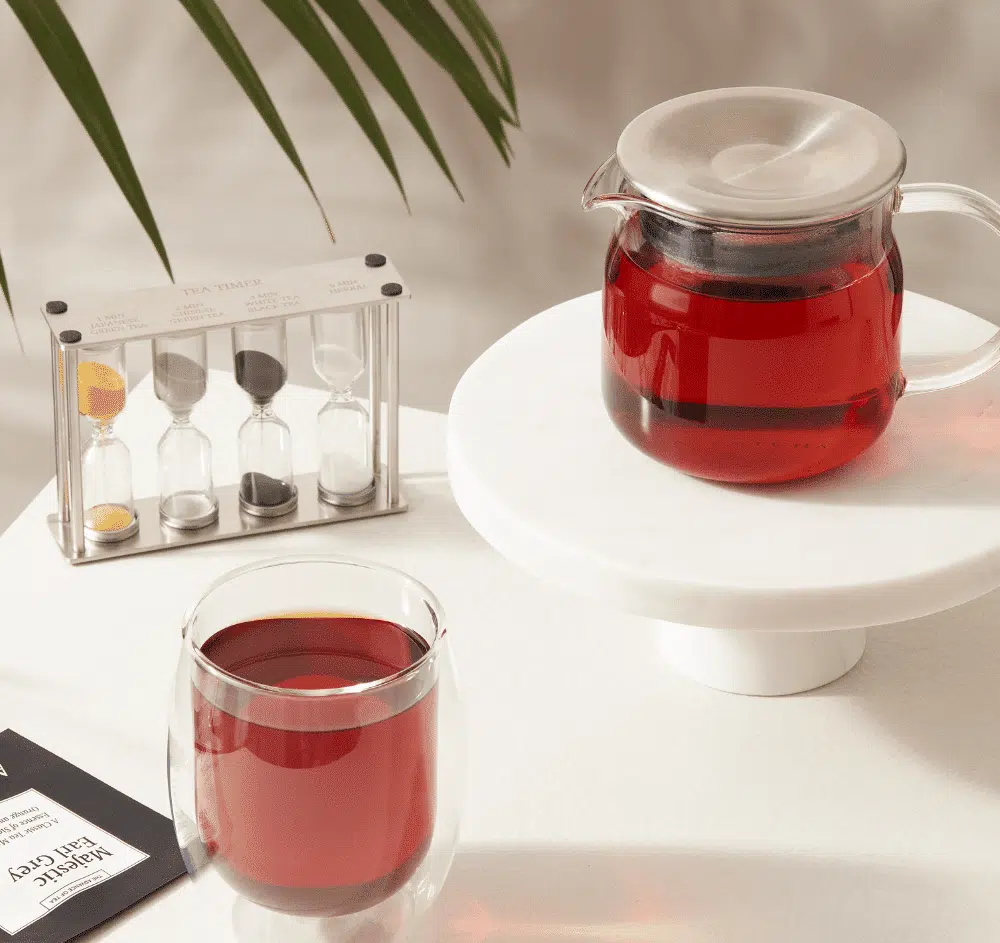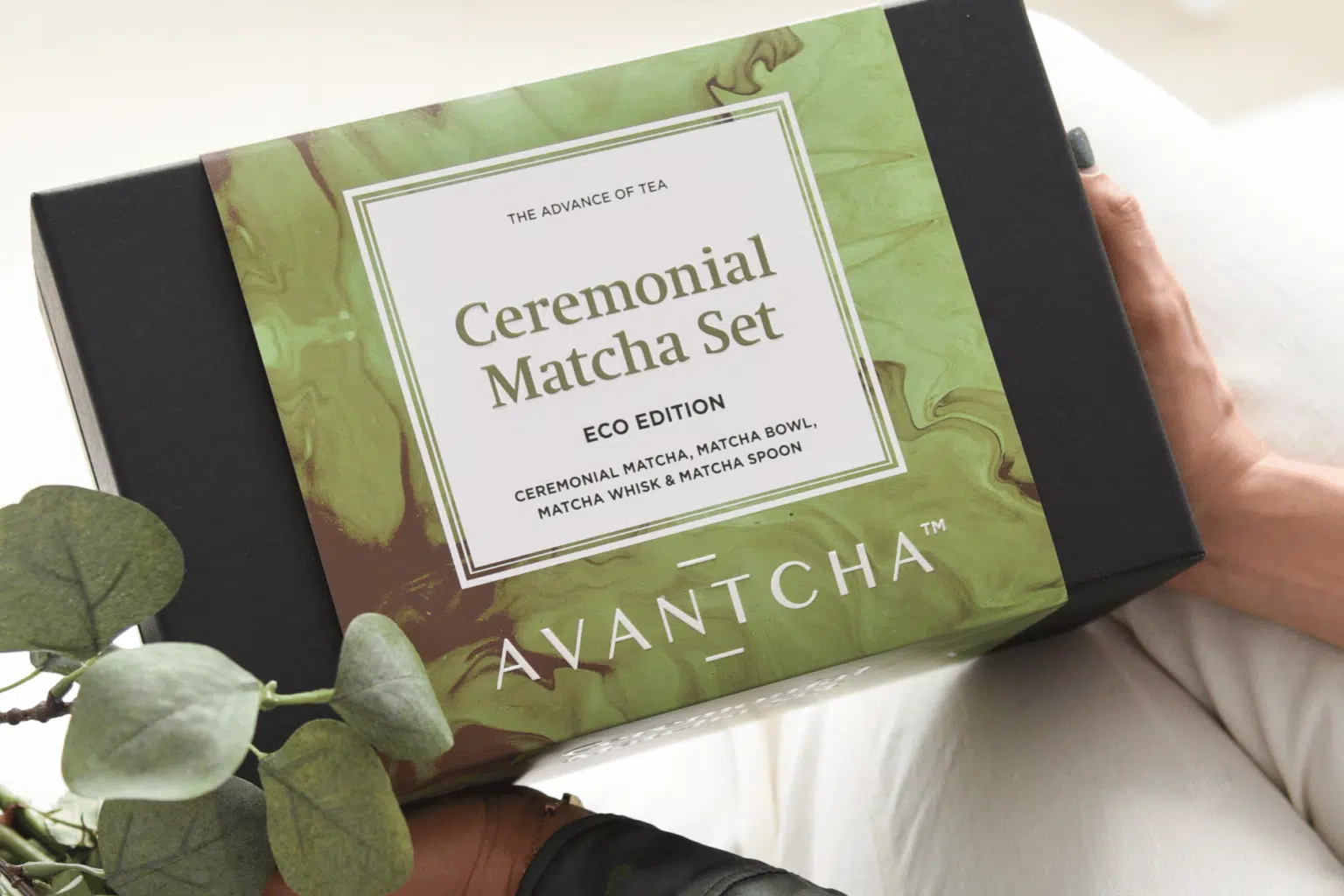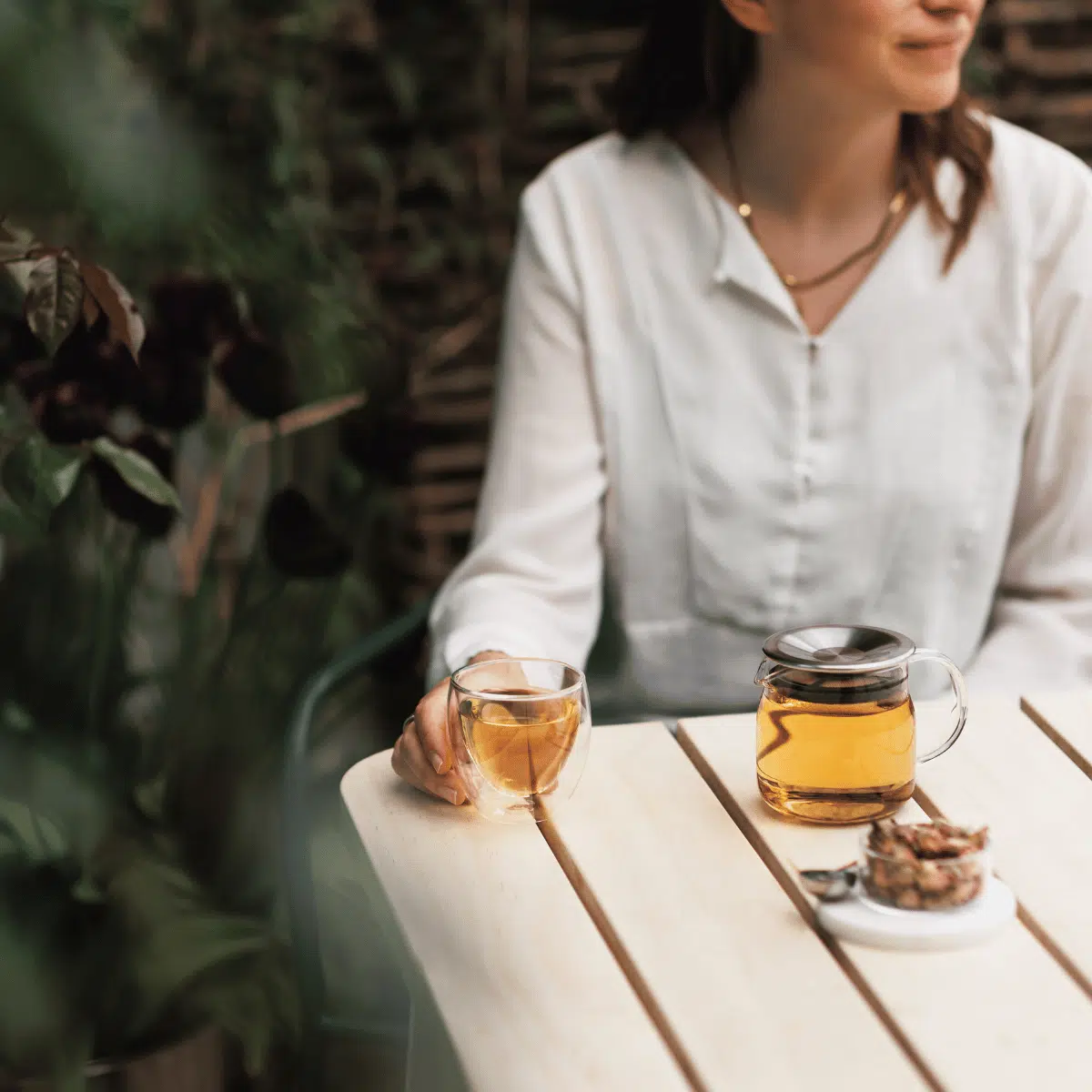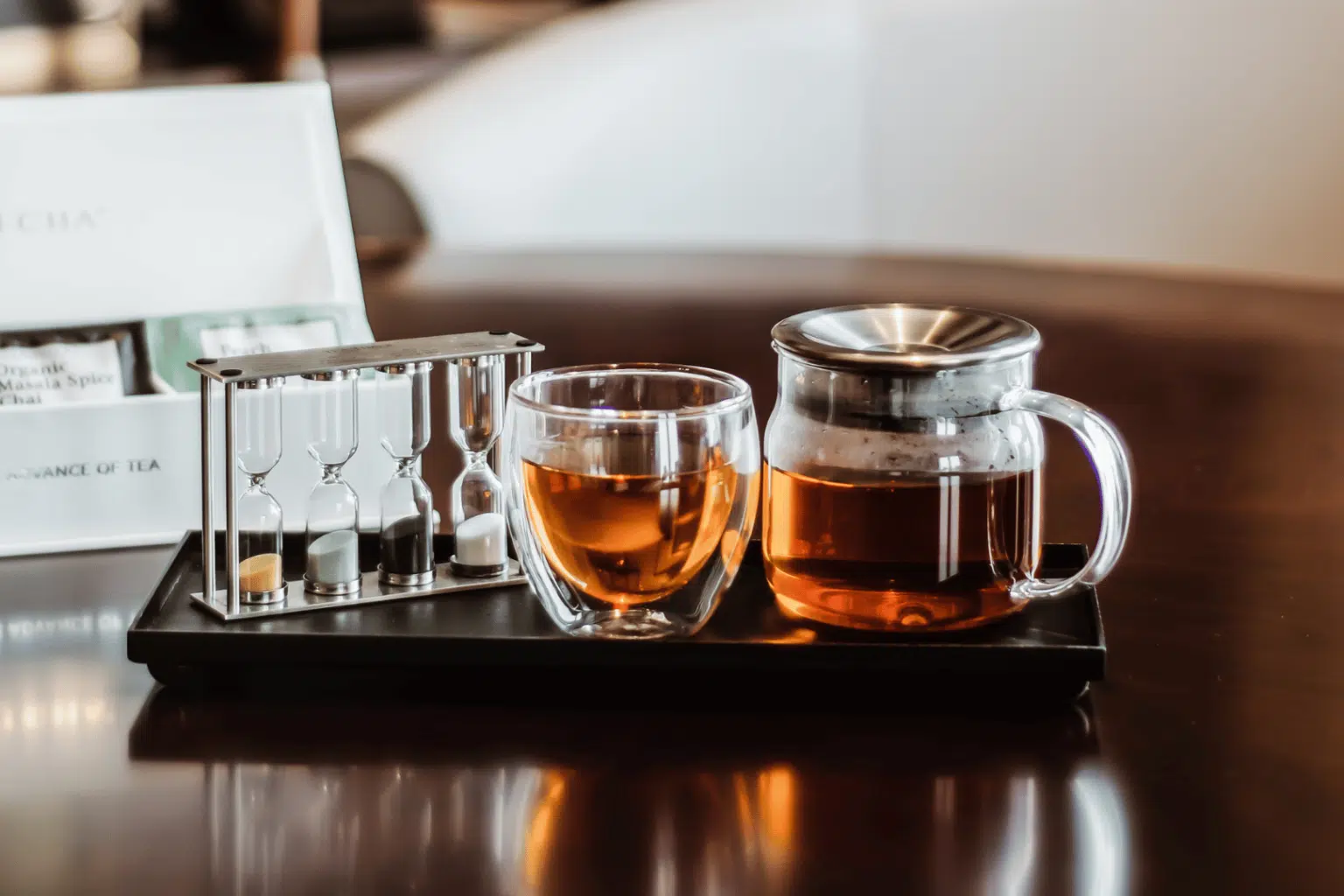
Darjeeling: From First to Third Flush
Darjeeling Teas are, in the tea world, known as the ‘Champagne’ of tea, owing to Darjeeling being a protected origin of production with unique growing conditions that result in superbly flavourful teas, as well as having a fascinating history worth defending. Indeed in 2023 the tea industry in Darjeeling faces a number of challenges including climate change, fraudulence, growing costs, and shrinking yields*.
Despite these predicaments, Darjeeling continues to delight us with its teas if you know where to find the very best, from the first flush of spring, all the way through to the autumn. In this article, we spotlight on three Platinum Darjeeling Teas, one from each season, describing how each has come to taste so good. Celebrating and drinking more Darjeeling Tea will mean that Darjeeling can thrive for years to come. If you’re tempted to try Darjeeling Teas, there’s no time like the present.
*You can read more about this at the footer of the article via a link to the Economist who covered the topic in December 2022

What is a Tea Flush?
A tea ‘flush’ is simply the term used to describe the growth and season of a Darjeeling Tea. A first flush tea is the first growth on the tea bush in spring, whereas a third flush is the last growth picked from the bushes in the autumn (the second flush is in the summer). If you take a closer look at the image above, you will see the subtle differences from left to right as the season progresses with the leaf slowly going from green with dappled white buds, to coppery tones and more longer, larger twists come the end of the picking season.

Platinum Darjeeling Spring Singell
This first flush Darjeeling Tea is grown at Singell Tea Estate at 1500 meters above sea level, surrounded by pine forest and velvet-green valleys. Light fog can be seen gathering in patches over views of the Eastern Himalayas, as well as a trail of mist from a steam train that chugs along distant mountains.
In the spring, these gardens are alive with fresh new growth, biodiversity and blossom. The air is cool, laced with floral aromas, and a hint at the summer to come. There is an energetic air as the tea bushes that have lain dormant all winter come to life.
This first flush of Darjeeling Spring is a FTGFOP1 grade of Darjeeling clonal, hand-picked and produced from only the youngest and most tender buds. In this tea, you will notice that the leaves are small but perfectly balanced so that the buds, leaves, and twists are evenly distributed. This careful and consistent style of production results in an infusion that is light with a touch of gold in colour, with an aroma of fresh hay, honey, and flowers. With undertones of young blossom and a touch of sweetness, the taste is verdant and green – entirely what you would expect given the surroundings and season.
Shop Platinum Darjeeling Spring Singell Tea >

Platinum Organic Darjeeling Summer Samabeong
Samabeong – one of the highest and most remote organic tea gardens in Darjeeling – produces this exceptional second flush Organic Darjeeling Tea during summertime. A rich flora and fauna surround Samabeong on all sides, and it is home to a great diversity of wildlife, including endangered species. With an altitude of over 2000 metres above sea level, the soil here is complex, and the climate is cold, resulting in slow-grown Darjeeling teas with complex and pronounced flavor profiles.
This Organic Darjeeling Summer Samabeong tea is no exception. It is a Darjeeling clonal grade FTGFOP1, crafted from the youngest, most tender buds and leaves from the second flush that are hand-picked. The result is long, elegant curls of chocolate-brown leaf and white tips that produce a brilliant gold-orange infusion.
Cedar, honeysuckle, and orange blossom aromas are evident, along with the honeyed flavour of mirabelle plums and muscatel. This tea finishes on the smoothest of notes with a distinct sweetness. Longer infusions produce a dark liquor with greater complexity. Savour slowly and be transported to a sunny summer’s evening in Samabeong.
Shop Organic Darjeeling Summer Samabeong Tea >

Platinum Organic Darjeeling Autumn Samabeong
This Organic Darjeeling Autumn Samabeong is an exceptional expression of the autumn season in Darjeeling, also from Samabeong tea gardens.
This Organic Darjeeling Autumn is a FTGFOP1 Burgundy grade that is handmade and made from the third flush of growth in the season. The result is deep brown twisted leaves and downy tips that produce a cognac-coloured infusion, expressing ripe and syrupy-sweet fruit aromas. The infusion is much the same – with notes of muscatel, hazelnuts and blackcurrant.
“Burgundy” is a unique Autumn flush. It comes about from hand picking the first shoots from the young tea plants of the AV2 cultivar during the autumn production season. The leaves are then meticulously rolled by hand until the optimum oxidation point – where the full flavour and aroma of the tea has been achieved. The tea leaves are then placed into the drier to lock in the complex, unique flavours and aromas. The colour in the cup is a rich burgundy (what else would you expect?) with a smooth finish and bright glow. Just like the setting sun on an autumn afternoon.
Shop Organic Darjeeling Autumn Samabeong >

Cold Brew Darjeeling Teas
The amazing qualities and flavour profile of Darjeeling Teas are particularly suited to cold brew. There are many ways to make a cold brew (it’s all about how you like it) but the basic rule of thumb is to increase the quantity of tea leaves in the recipe by 1.5 times. Cover the leaves with the correct ratio of cold, filtered water and place in the fridge for between four to eight hours (depending on how strong you like it). Our Grande Teapot is great for this as it’s tall and narrow and should fit into your fridge door.
We like to add a little flourish on occasion, and the following additions work really beautifully as simple pairings on the side:
+ First Flush Darjeeling – young goat’s cheese drizzled with honey
+ Second Flush Darjeeling – segments of fresh orange (did you know that Darjeeling is also famous for growing oranges?)
+ Third Flush Darjeeling – fresh or dried figs dipped in dark chocolate
Extra Reading
The Ultimate Guide to Darjeeling
The Economist: Why Darjeeling Tea May Face Extinction



